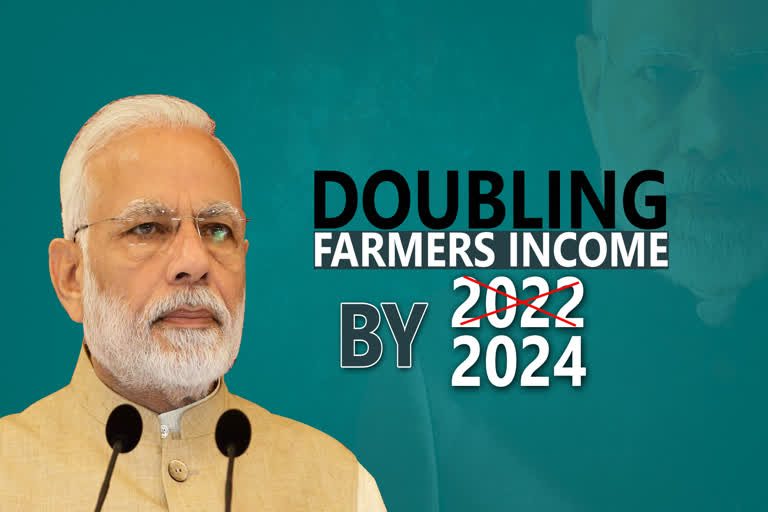New Delhi: In an apparent recognition of its inability to double the farmer’s income by 2022 as promised by Prime Minister Narendra Modi, his government has quietly revised the target year by another two years.
In a publicity booklet distributed to journalists today (Wednesday), the government mentioned 2024 as the target year for doubling the farmer’s income against the target year of 2022 set by the Prime Minister in August 2017.
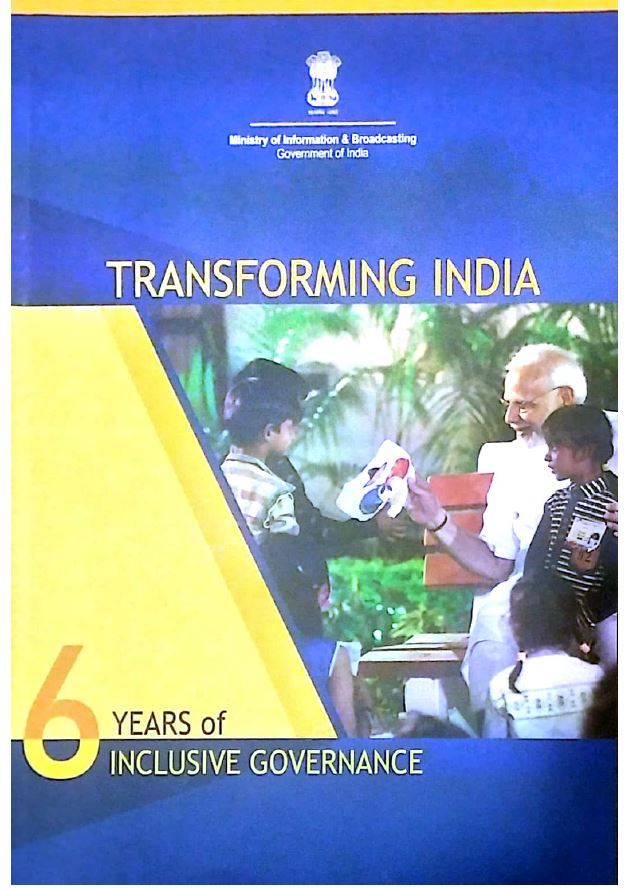
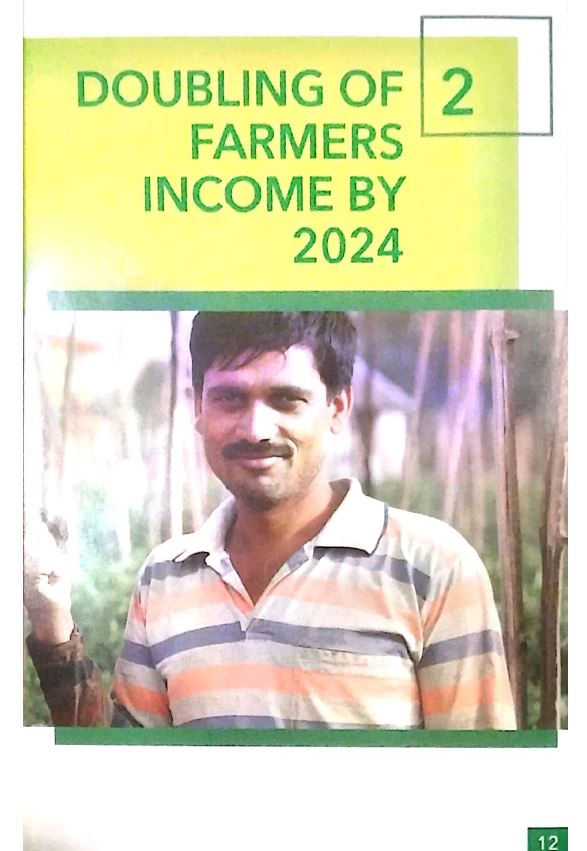
The second chapter of the booklet ‘Transforming India: 6 Years of Inclusive Governance’, has been titled as: ‘Doubling of Farmers Income by 2024’. The booklet was distributed to reporters at the media briefing conducted by Finance Minister Nirmala Sitharaman and Information and Broadcasting Minister Prakash Javadekar following the meeting of Union cabinet which was chaired by Prime Minister Narendra Modi.
In response to a question, union minister Prakash Javadekar avoided a direct answer to the question.
“The target is double the farmer’s income in five years,” said the minister.
It is a deviation from the government’s stated policy of doubling the farmers income by 2022.
In his Republic Day speech delivered from the ramparts of the iconic Red Fort in August 2017, Prime Minister Narendra Modi had announced his government’s pledge to double the farmer’s income in the next five years.
A tall promise
“My dear countrymen, I shall urge you to take up the New India Pledge and move ahead. Our scriptures say, “Aniyat Kalah, Prabhutyo Vipalwante. It implies that, if we don’t accomplish a work within the stipulated time then we shall not be able to get the desired results,” Prime Minister Modi had said in August 2017.
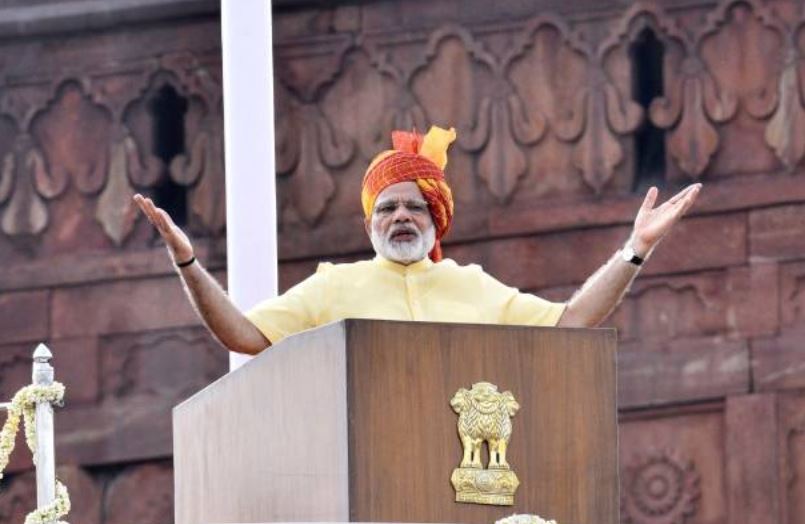
“So for the ‘Team India’, for the 125 crore countrymen, we have to take the pledge to achieve the goal by 2022,” he had said adding, “We will do it with dedication to see a great, majestic India by 2022.”
“Together we will build such an India where the farmers can sleep without worry. They will earn double by 2022 of what they are earning today,” Prime Minister Modi had said in his 2017 Independence Day speech.
Doubling the farm income was just one of the targets as he also set the target of building lakhs of of pucca houses for poor under Pradhan Mantri Awas Yojana (PMAY) which will also have electricity connection and running water.
Daunting challenge of reviving agriculture sector
He, however, faced a lot of criticism for setting this highly ambitious target as many agriculture sector experts questioned him following his Independence Day speech in August 2017.
They pointed out that in order to achieve the target, the agriculture sector must grow at a compound rate of 15% per year. Some experts also highlighted the fact that agriculture has not grown at this rate anywhere in the world in the last century.
According to the latest official data shared by the government in the Lok Sabha, the average annual growth rate of agriculture sector during the first six years of the Modi Government works out to be just 3%.
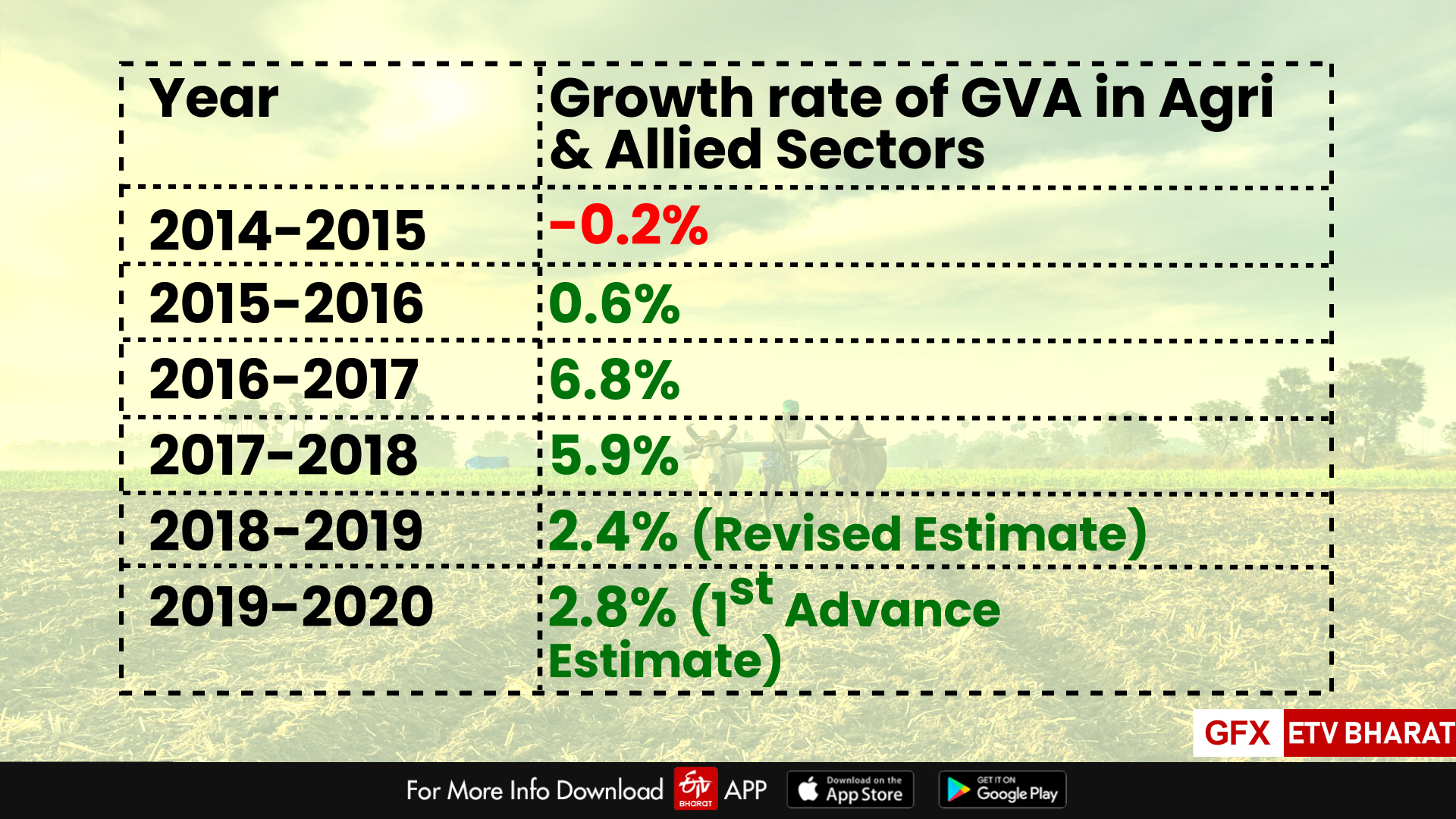
What is average income of farmers in India
According to a report by the National Sample Survey Organisation (NSSO), the average monthly income of an agricultural household in 2012-13 (July-June period) was just Rs 6,426.
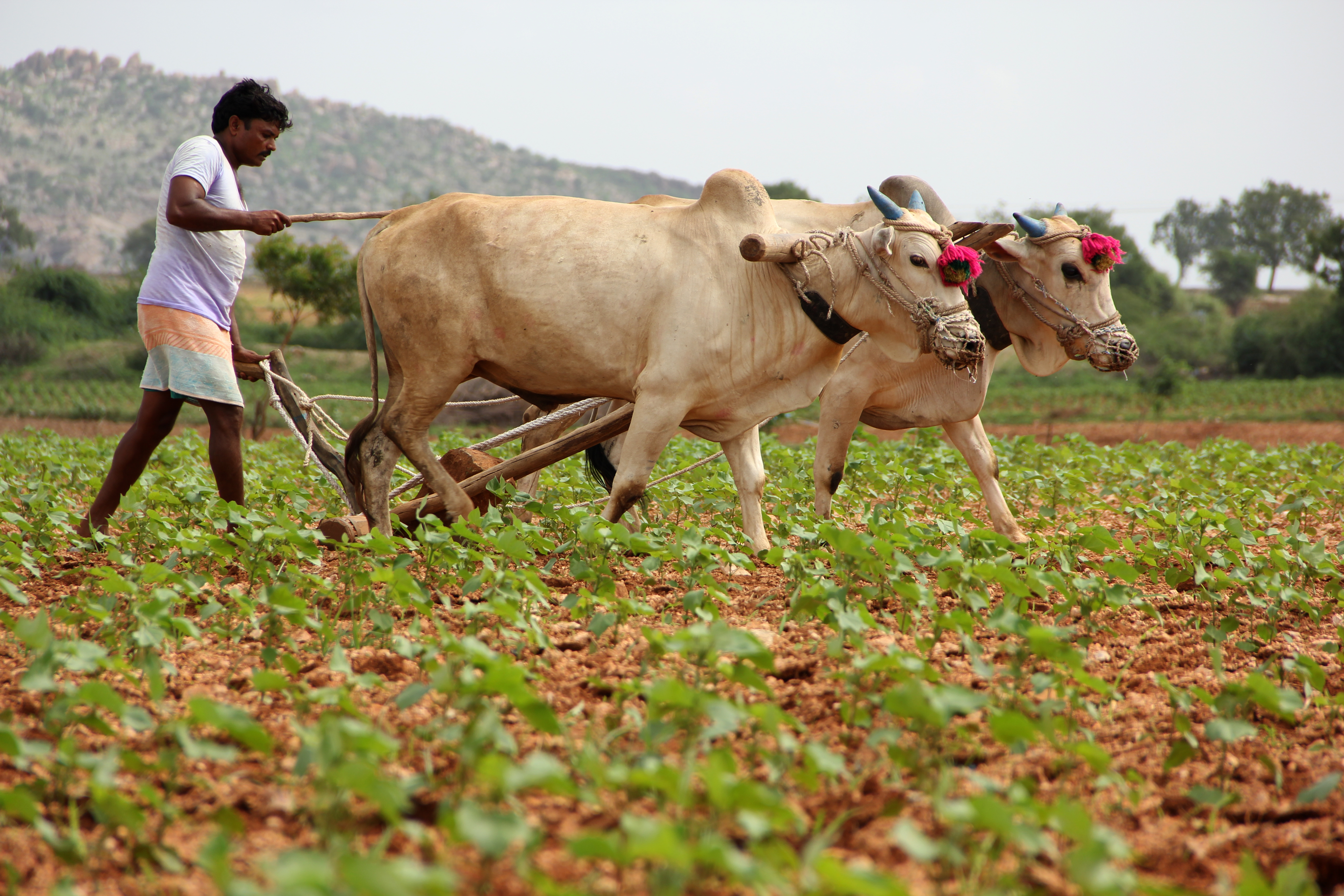
However, nearly one third of this income was from non-farming activities such as wage and salaried employment and an income of just Rs 4,370 per month was attributed to both farming and allied activities which also included husbandry.
What is more worrisome is that this meager income left no money in the hands of farmers to save for their future needs. The survey highlighted the fact that the monthly expenditure of an average household was Rs 6,223, which is 97% of the total monthly income.
PM Modi’s efforts did not yield desired results
Prime Minister Narendra Modi indeed launched multiple schemes to increase the farmer’s income as per his stated goal. It included increasing the allocation for Prime Minister’s Irrigation Scheme (PMKY), announcing a revamped farm insurance scheme (PMFBY), issue of soil health card and Neem Coating of Urea to prevent its diversion, among other things.
He asked farmers to adopt horticulture and other allied activities, including seaweed farming and organic farming. He also urged them to go for value addition to supplement their income from farming.
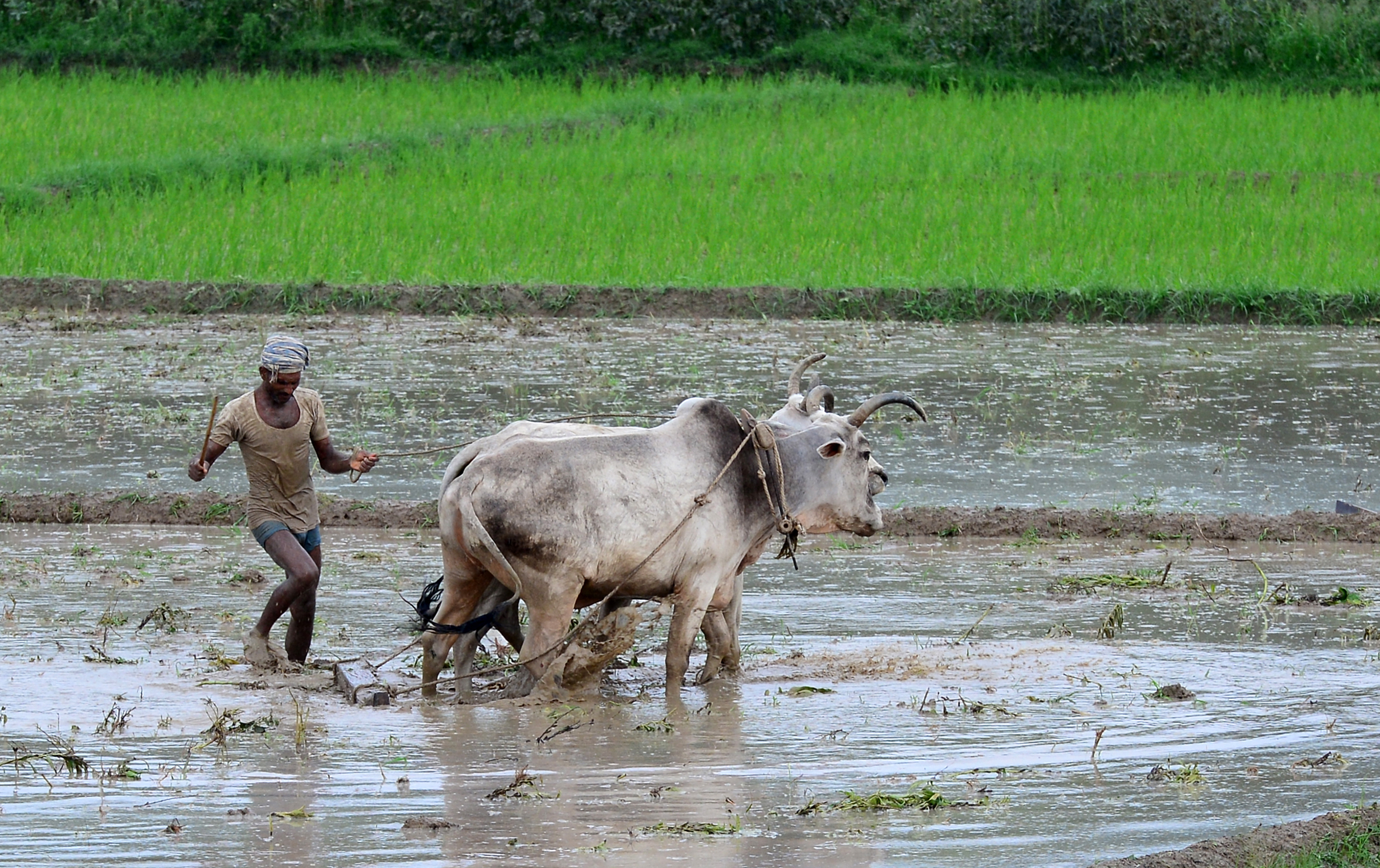
In 2018, he substantially increased the minimum support price (MSP) for the staple food grains under the government procurement scheme. A move that also attracted criticism from several quarters, including opposition parties that saw it as an exercise to garner farmers vote in the general elections of 2019.
In December 2018, Prime Minister Modi’s government also announced the country's first ever farm export policy, as the measures taken by the government had limited impact on increasing the farmer’s income.
However, the revision of target year for doubling the farmer’s income comes as a belated recognition of the daunting challenge before Prime Minister Narendra Modi and his team. Prime Minister Modi has also been grappling with a severe economic slowdown since the start of his second term that also threatens another ambitious target set by him – to double the size of the country's GDP and make India a $5 trillion economy by 2024.
(Article by Senior Journalist Krishnanand Tripathi)
